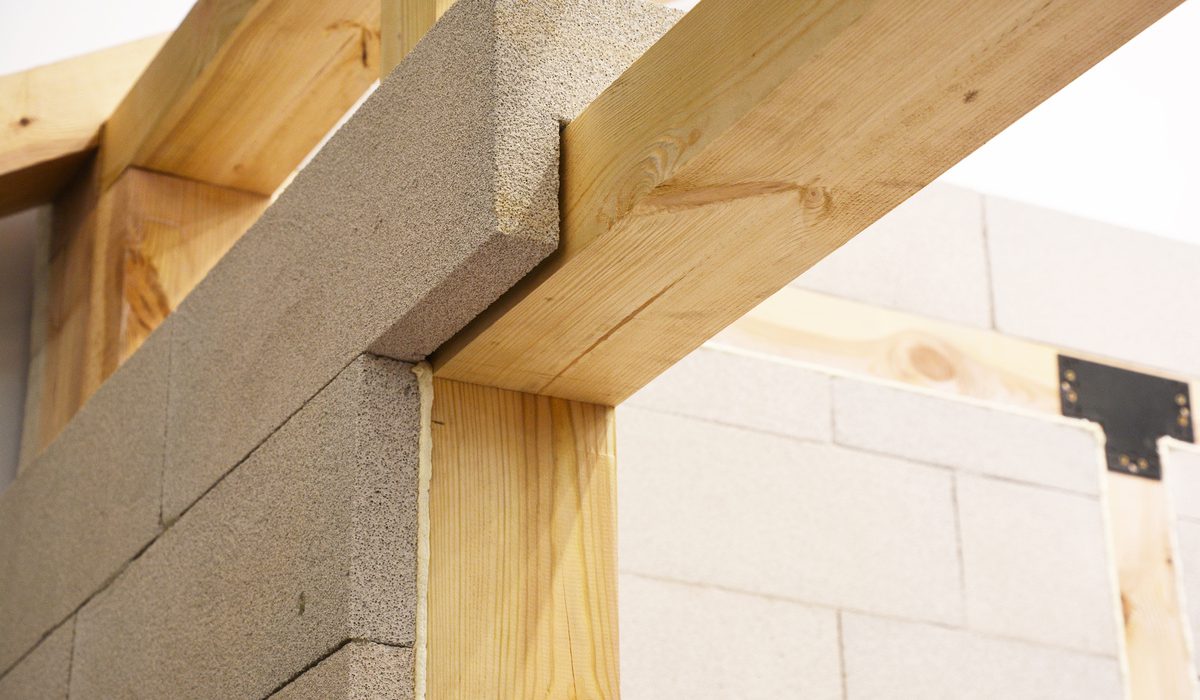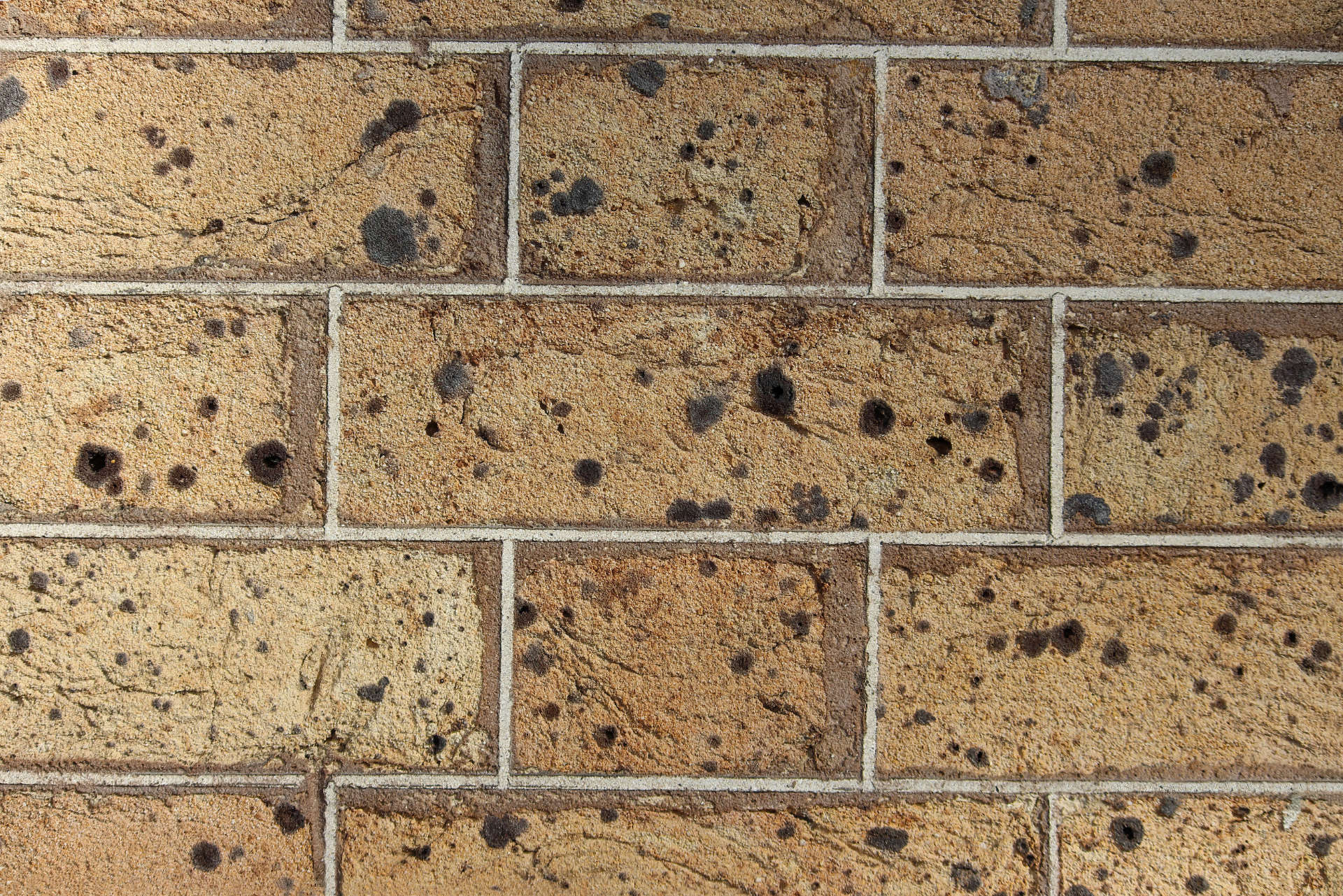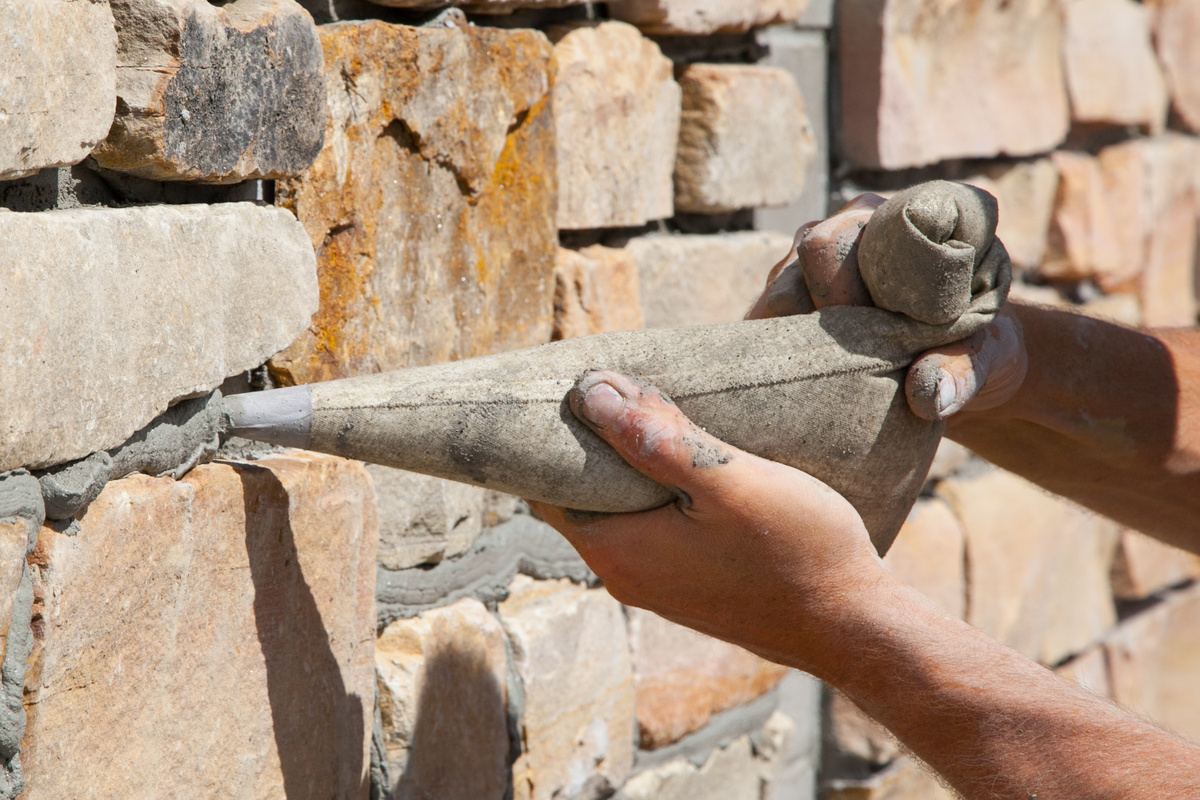The Importance of a Lintel Explained
Lintel? That sounds like a type of soup, right? Actually, no. A lintel is in fact a crucial aspect of any house, but being so inconspicuous, most homeowners are barely aware of them. We shall discover the actual function of a lintel in this article. We will also cover your duty as a homeowner to make sure your lintels are maintained and in good shape.
Exactly what is a lintel and what does it do?
A lintel serves to support the structure above any opening, like a door or window. It is a beam that is placed across any window or door opening, which carries the weight bearing down from above. This is important as windows, window frames or doors are not designed to carry structural weight, therefore the load is transferred to a lintel instead. Lintels are mainly used in brick or masonry homes or buildings. In wooden homes there are what they call headers. These are beams that serve the same function as lintels.
Where can I find these lintels?
For any brick or masonry buildings or homes, you may notice that lintels are installed immediately above your doors and windows. Lintels come in six different varieties, but for the purpose of this article, we will skip over this. In this post, we are just going to cover the two lintel types most frequently used in the Chicago area.
Steel Lintels
The most common type of lintel is made of angle steel. Two pieces of angled steel are placed above the door and windows to support the load bearing down from above. The steel now supports the weight instead of the doors and windows.
Stone Lintels
Stone lintels are large and rectangular in shape. They are not able to support quite as much weight as the steel version, but they tend to blend in better in certain structures. They also do not rust or corrode, which is an added advantage.
What should I do to maintain my lintels?
The biggest enemy for steel lintels is water. They need to be protected from the elements, but especially moisture and water. If they were installed properly during construction, they will be sealed through flashing. This prevents water from pooling around them. Keep an eye out for rust on your steel lintels. If this occurs, they need to be resealed. It’s important that all the rust is removed before resealing takes place.
Stone lintels can also be affected by water damage. Although stone won’t rust, it may deteriorate if it’s constantly subjected to water intrusion. Keep your eye out for any stone degrading and call on masonry contractors to evaluate your lintels, if ever in doubt.
How do I detect lintel failure?
Pitting, which is a name used for rust eating away at the steel, can cause steel lintels to thin. This can lead to lintel failure. If you notice step cracking around a door or window’s mortar joints, this may indicate that a lintel is starting to fail. A few cracked window panes can also be an indication that a window is supporting structural weight, which means that the lintel is no longer effective.
Failure detection in a stone lintel can furthermore be done by keeping your eye on the lintel itself. Sometimes a crack in the lintel will be an indication of failure.
Replacing lintels can be a large and expensive undertaking, as several layers of brick need to be removed before a lintel can be replaced. Rather stay up to date with the maintenance to save yourself lots of time and money in the long run. Early detection is key!
If you have any questions or require any further information, please reach out to the friendly team at Craftsmen Masonry & Tuckpointing. They will gladly assist you further.


